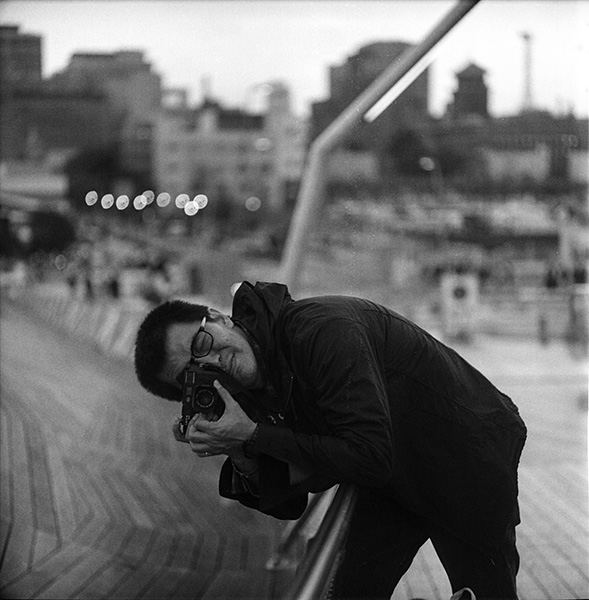Sakulchai Sikitikul , 47 years old, Interested in street photography since 2009, with inspiration from a variety of different arts. Master street photographer HENRI CARTIER-BRESSON, ALEX WEBB , NIKOS ECONOMOPOULOS , etc. Director of cinematography ROGER DEAKINS , GORDON WILLIS , ROY ANDERSSON including the composition of classical paintings. In 2019, the first photobook “LIFE EXPLORE SOUL” is released. In 2021, the second photobook “AS IT HAPPENED” is published in collaboration with EYESHOT team.
Statement
My street photography work is not limited to any form, humor, storytelling, shadows or colors, depending on the situation in front of me and how to convey it in the most interesting way. But there is one thing that is above all shooting styles. Choosing to record those moments in the various aspects of the society in which they live. Most of the photos are taken in my hometown Hat Yai, Songkhla, a small province in the south of Thailand. By believing that over time my street photography will be a part of the history record, Including architecture, people or lifestyle. Hope it will be useful to society in the future.
